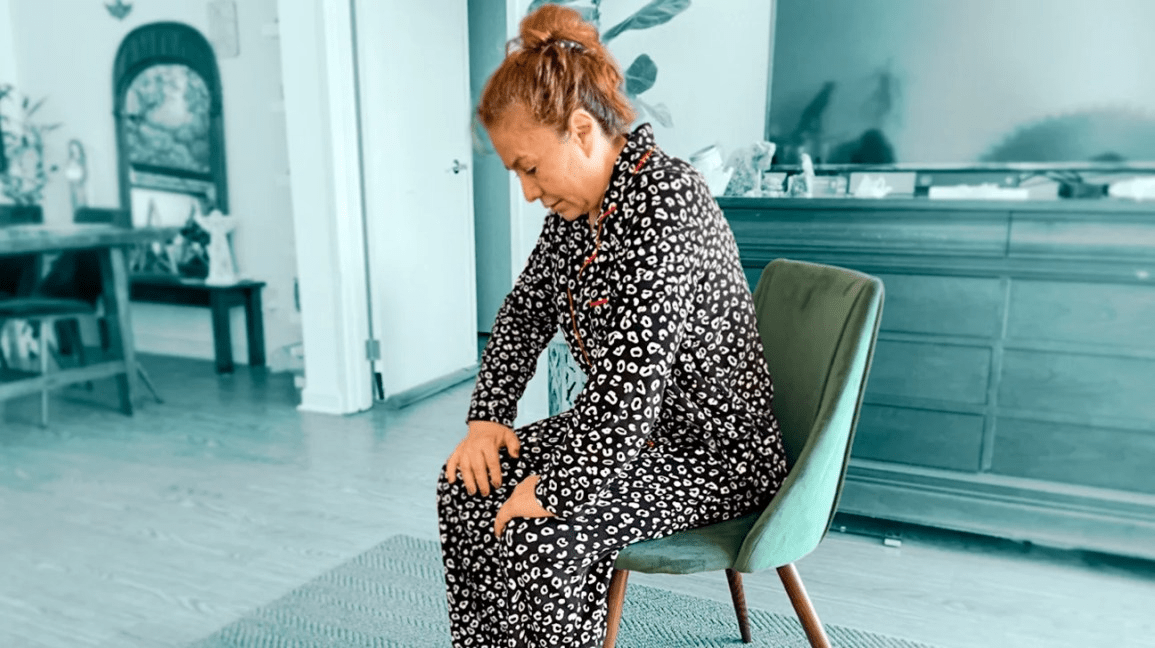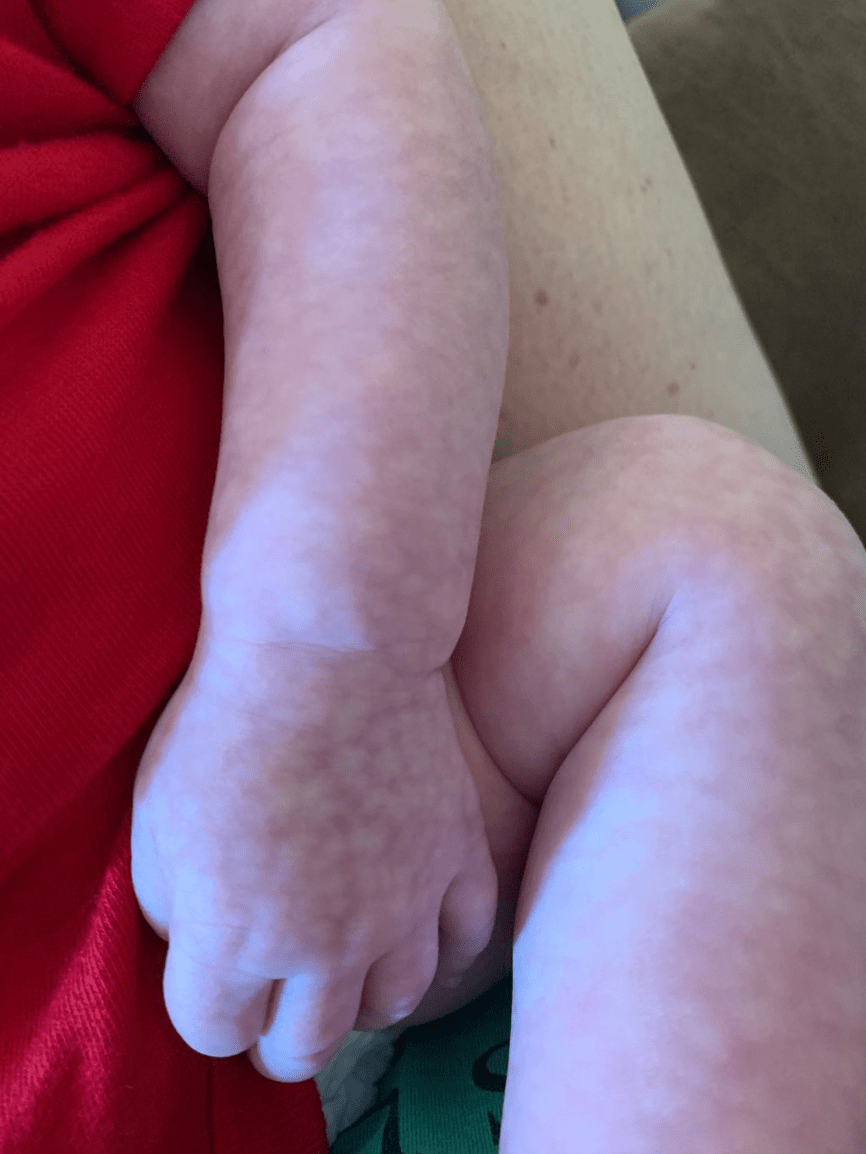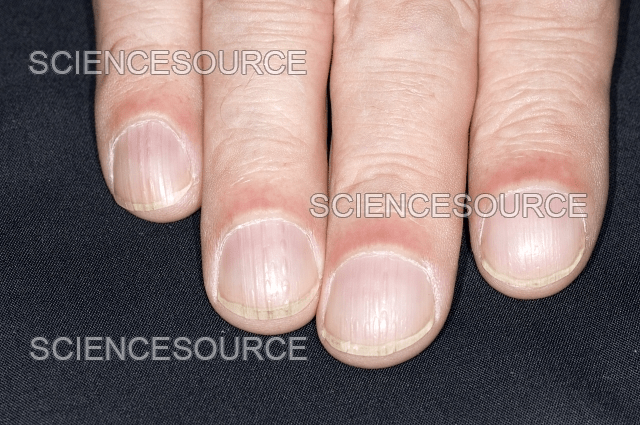A high-pitched whistling sound made while breathing. It's often associated with difficulty breathing and may occur during expiration or inspiration.
What is wheezing
These are the two types of tracheostomy tubes that can be placed in a patient.
What are cuffed and uncuffed?
This is done for about 30 second prior to suctioning the TT.
What is hyperoxygenating the patient of having the take 5-6 deep breaths?
Ominous sign that is a late stage of respiratory distress.
What is head bobbing?
 Position common in people with COPD
Position common in people with COPD
Tripod Stance
This sound is associated with an upper airway obstruction and is heard during inspiration. It can be due to a virus or a foreign body.
What is stridor
This can be used to help patients speak with a tracheostomy tube.
What is a speaking valve?
Suction pressure should be no higher than this number when suctioning.
What is 120mmHg?

Integumentary sign of poor tissue perfusion.
What is mottling?
 This nailbed shape can be seen in people with Cystic Fibrosis, COPD, and Chronic Bronchitis.
This nailbed shape can be seen in people with Cystic Fibrosis, COPD, and Chronic Bronchitis.
What are clubbed fingers?
A respiratory sound, often likened to the creaking of leather, that serves as a distinctive clinical sign indicative of pleural inflammation and is commonly associated with conditions such as pleurisy, pneumonia, a pulmonary embolism, and malignancy.
What is a pleural friction rub?
The patient should be instructed to avoid doing this while the cuff or holder is off of the TT.
What is cough?
Suction catheter should be advanced to this point to ensure proper placement of suctioning.
What is "until the patient coughs"?
This sign of respiratory distress is an early sign.
What are subcostal retractions?
This type of breathing is characterized by breathing in through the nose and breathing out through the mouth for twice as long. The goal is to control your oxygenation and ventilation by slowing down your breathing rate and keeping your airways open longer.
What is pursed lip breathing?
Continuous, low-pitched sounds that are best heard during expiration. The sound might move around to different parts of your chest when you cough, moving mucus around. The sound is sometimes described as snoring or gurgling.
What is rhonchi?
These two tracheostomy tube sizes are placed at the bedside for emergencies.
This should be done with your thumb over the suction valve of the tubing while suctioning.
What is pulsating?
Infants often have this type of breathing that requires nurses to listen for a full minute when assessing respiratory rate.
What is periodic breathing?
This type of retraction is common in adults and can be seen between the ribs.
What are intercostal retractions?
These lung sounds are generated by small airways snapping open on inspiration. They might sound like rattling, bubbling or clicking
What are crackles?
The head of the bed should be placed at this height during TT care.
What is 30 degrees?
This motion should be done when pulling the suction tubing out of the TT and suctioning secretions.
What is a twisting motion?
Typical respiratory rate for infants, birth - 1 year.
What is 30 - 60 breaths per minute.
This lung issue can be characterized by the trachea deviating to one side and/or diminished/absent lung sounds in one lung field.
What is a pneumothorax?